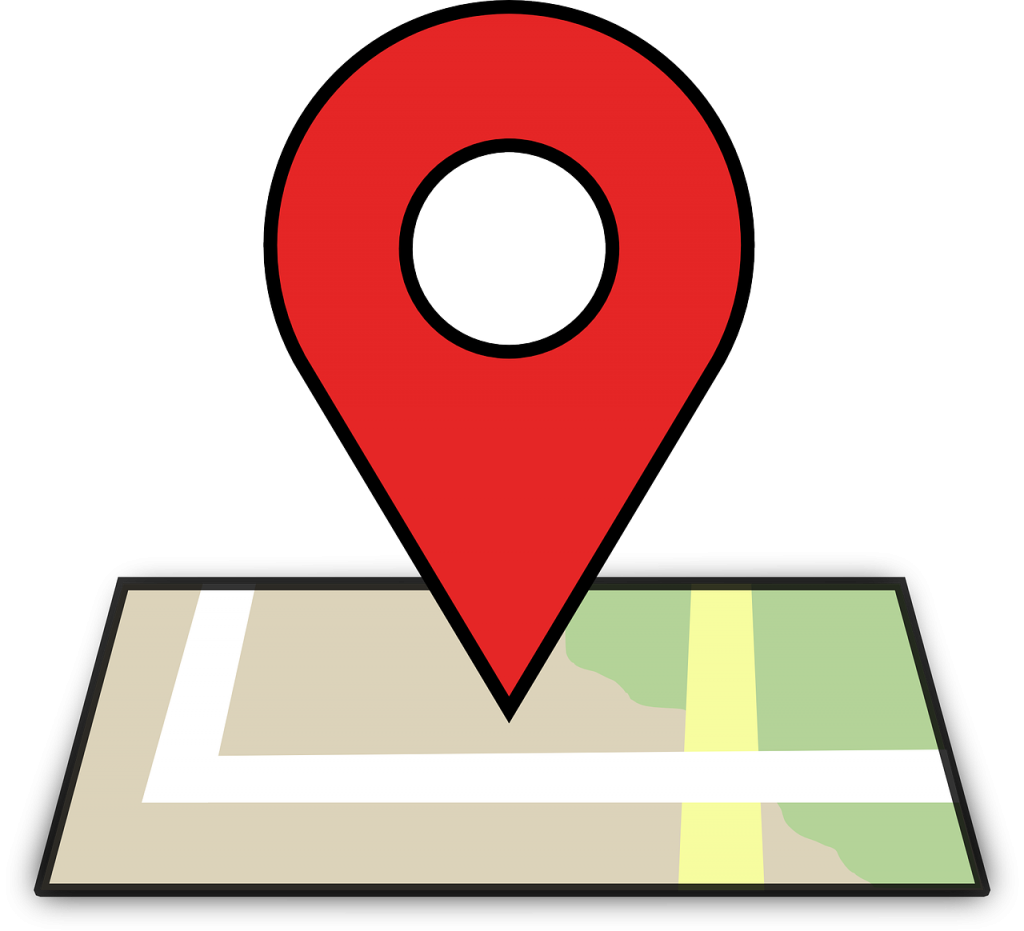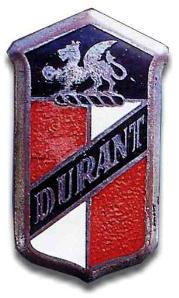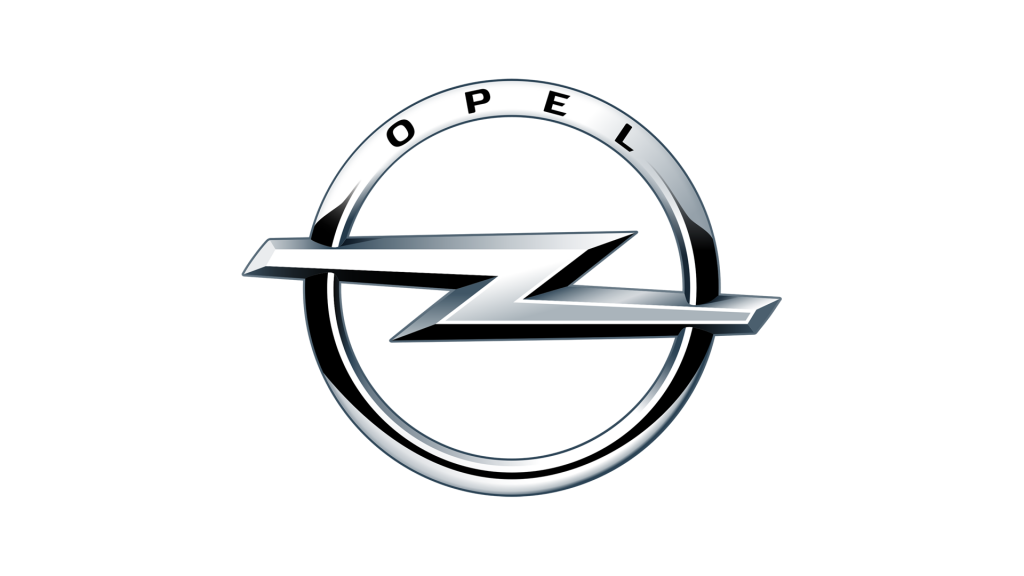YUVAL TAL’S PAYONEER IS HELPING GROW FREELANCERS AROUND THE GLOBE
Many companies have made our lives easier through digital payments. The online transaction has become a very common practice as it consumes less time and transfers money with few clicks. Today, some companies that are not primarily based in this sector are starting their money transfer platform as well. The biggest example of this is Flipkart and Amazon. But, amongst all the companies proving financial services, the service of providing working capital is very unique. Payoneer, an American-based company is a famous platform for digital payments which also provides working capital. Yuval Tal founded the company in 2005 and after a few years, it started rising making it a part of the unicorn club. The company’s headquarters are situated in New York. And, it currently has around 1400 employees.
About the founder
Yuval is a citizen of Israel born in 1965. He completed his schooling from Ramat HaSharon. Before he went to pursue his bachelor’s degree, Yuval served in the Israel military as a special operation commander. He completed his bachelor’s in mechanical engineering followed by his master’s in biomedical engineering from Tel Aviv University.
He graduated in the year 1995. But, while pursuing his bachelor’s he worked at cubital as an Engineer. He was also the Project Manager of Scitex America. In 1998, Yuval joined RADWARE RDWR: NASDAQ as the VP of Business Development. He worked there for one year and co-founded E4X. Yuval served as the CEO of the company for five years and then he co-founded Payoneer. Currently, Yuval is the President of the company.
The beginning of Payoneer
Yuval established Payoneer with $2 million seed funding. Yuval himself contributed a part of this money along with some investors. Another round of funding took place in 2007 and the company raised $4 million. Some of the investors of Payoneer include Carmel Ventures, Crossbar Capital, Wellington Management, Nyca Partners, etc.
Payoneer, from the first day, focuses on digital payment services which include e-wallet and prepaid MasterCard Debit Card. The company also facilitates cross-border B2B payments across 200 countries.
Growth
In 2011, Payoneer launched Local Money Transfers and within a year it was processing more than $500 million a year. One of the biggest advantages of the users of Payoneer was they all owned the MasterCard Debit Card. So, they easily bought traffic using this card without the chaos of back and forth money transfers. In 2012, many companies started using the platform of Payoneer like Neverblue and uShip. This year, Payoneer also ranked 34th among the 500 fastest-growing companies in North America. In December 2012, ClickBank partnered with Payoneer to expand in Latin America.
The company also showed interest in strengthening the community of freelancers. In 2013, the company led to the development of Freelancer Payments in South America. The same year, the company came into a joint partnership with Fiverr, a famous platform for freelancers. In September 2013, i-payout joined hands with Payoneer.
In 2014, the company raised $25 million in a funding round led by Susquehanna Growth Equity, LLC. In April 2014, Lazaro Campos, ex-CEO of Swift joined the Advisory Board of Pioneer.
Success of Payoneer
From 2015, the company gradually started expanding its business to the Asian market. It tied up with Bank Asia to help the freelancers of Bangladesh receive payment swiftly. Payoneer did a case study where it found that the female freelancers in India receive 11% less money than males. So, the company focused more on the well-being of women freelancers to improve the work culture.
Payoneer partnered with PeoplePerHour and Teespring to expand globally. The company raised $50 million from another round of funding in August 2015. In March 2016, the company acquires Armor Payments to improve the cross-border trade. Later this year, Payoneer raised $180 million in a funding round led by TCV. BY this time, some of the biggest companies started using the platform of Payoneer for money transfer. Its biggest customers are Airbnb, Amazon, Google, and Upwork.
In 2017, Payoneer for the first time invested in the U.K. market thus opening a London office. Payoneer for the sixth consecutive year appeared in Deloitte’s Technology Fast 500.
Present Day
In 2019, Payoneer entered into a joint partnership with Toptal to allow more efficient cross-border payments. It also acquired Optile, a German open payment orchestration company. In August 2019, a Payoneer’s report revealed that Pakistan is the best Asian market for revenue growth. In 2020, Payoneer made it to the list of Fintech 50 2020.

Annasha Dey is an NIT student, who apart from studying engineering is also a content writer. She has a great interest in photography, writing, reading novels, and travelling as well. She is a foodie who loves socializing and hanging out with her friends. She is also a trained Kathak dancer and a big fashion enthusiast. Dey also loves watching TV series, which includes F.R.I.E.N.D.S. and Big Bang Theory. To be a better writer she prefers to read more




